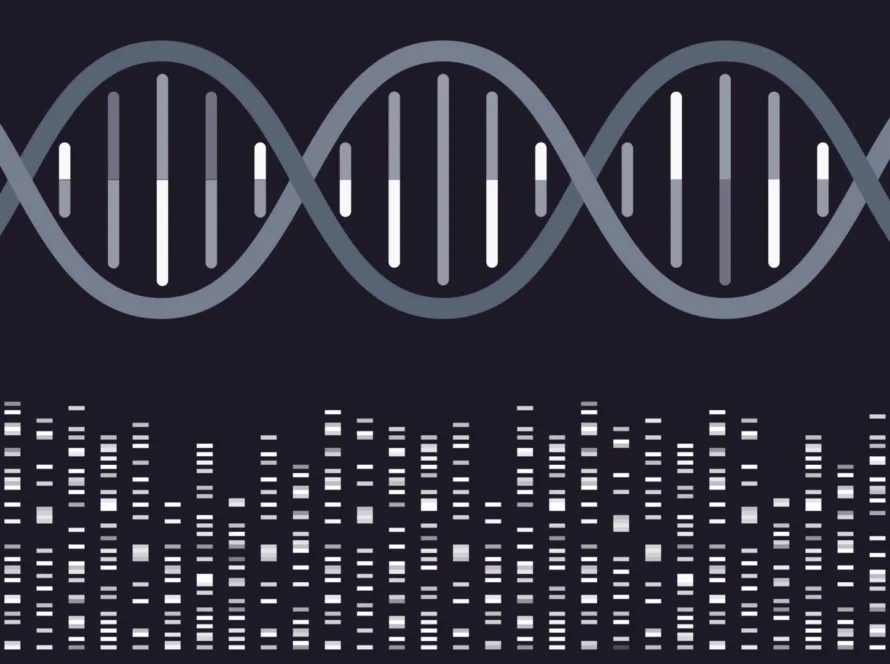Researchers from the Texas A&M School of Veterinary Medicine & Biomedical Sciences have undertaken an exciting scientific endeavor: to sequence the most comprehensive genome for the North American bison. This ambitious project utilized state-of-the-art technology to update the genetic blueprint of this iconic creature. Their efforts led to a wealth of discoveries. In addition to establishing a detailed bison reference genome, they also pinpointed the gene responsible for albinism – the condition that results in white fur and red eyes in bison. This discovery is particularly important for Native American tribes who hold albino bison as sacred symbols.
The published study provides a thorough account of creating this exceptional bison genome, which then served as a starting point for investigating mutations, beginning with those causing albinism. The key to constructing this new genome lay in a recent technological advancement. Researchers were able to generate the bison genome using DNA from hybrids. Specifically, they used DNA from an F1 bison-cow hybrid, an organism with a perfect 50/50 mix of DNA from each parent.
This groundbreaking research offers a deeper understanding of the North American bison’s genetic makeup. But more importantly, it opens doors to studying genetic mutations, with albinism as the first chapter.
Across the vast landscapes of North America, the white bison holds immense cultural significance for many Indigenous communities. Its ethereal beauty is woven into the fabric of their spirituality. While not all white bison are albino, their birth is a celebrated event. However, understanding these creatures is complex. True albino bison, distinguished by their red eyes and pink noses, face health challenges like skin cancer and age-related illnesses. Despite their cultural importance, deliberate breeding of albino bison is not recommended.
The new genome sequencing technology has unlocked a more complete picture of the bison’s genetic code, paving the way for further exploration of this majestic species. The discovery of a single mutation in the OCA2 gene as the culprit behind albinism marks a significant milestone in this journey.
This breakthrough offers a powerful tool for studying bison biology and conservation efforts. It represents a significant leap forward in our understanding of these magnificent creatures. The identification of the albinism gene paves the way for new bison population management tools, potentially including a genetic test to identify carriers of the mutation and reduce its prevalence.
The creation of this new reference genome extends far beyond the study of albinism. It serves as a gateway to explore various aspects of bison biology, ranging from disease resistance to adaptation to climate change. Moreover, it has the potential to lead to the development of innovative management tools such as DNA-based population tracking techniques. This research effort marks a significant advancement in our understanding of bison biology and conservation. It enables us to enhance the protection and welfare of these iconic animals, demonstrating how genomics can broaden our knowledge of the natural world and make a remarkable contribution to bison and wildlife conservation. With this research serving as a cornerstone, the future looks promising for bison conservation.
References:
- Price, C. (2023, November 20). Researchers develop comprehensive genetic map for bison, discover gene responsible for albinism. https://phys.org/news/2023-11-comprehensive-genetic-bison-gene-responsible.html
- Mayfield, L. https://www.punnettssquare.com/2023/12/researchers-develop-most-comprehensive.html
- Stroupe, S. et al. G3 (Bethesda, Md.), 2023, 13. doi:10.1093/g3journal/jkad156.




